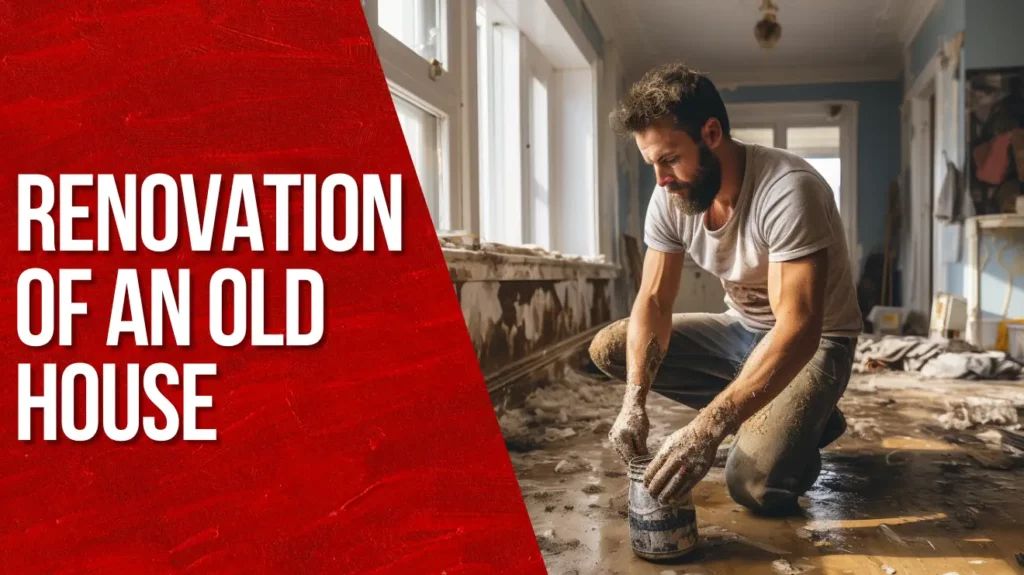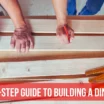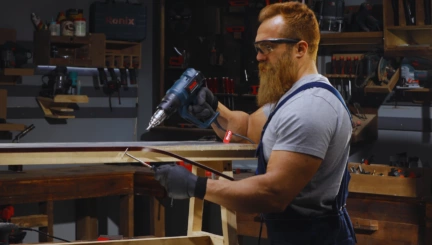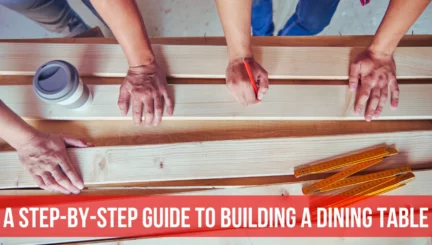- 7min
- 739
- 0
Renovating old houses is a growing trend, offering a unique blend of historical charm and modern aesthetics. This interest in old-fashioned houses and villas, contrasting completely with the modern urban landscape, has prompted many individuals to plan to live in such unique spaces. These enduring old houses, though rich in history, often lack the conveniences necessary for a comfortable and hassle-free life. However, if you’re considering breathing new life into your old home, this comprehensive guide will walk you through the process, from where to start to budget-friendly ideas and safety tips. Follow us for an engaging video at the end of the article, showcasing the transformative power of thoughtful renovation.
How to Renovate an Old House
Renovating an old house requires evaluating the building’s different repair needs, ranging between surface-level tasks, like painting (termed as renovation), and more complex operations such as plumbing repairs and wall relocations (reconstruction). To achieve the best living conditions, old houses and villas often require full renovations. This process begins with a careful evaluation of the building’s condition, identifying specific areas that need attention. Hiring a skilled contractor specializing in old house renovations is essential. They not only offer initial design and budget considerations but also chart out a detailed renovation plan, ensuring a seamless transformation.
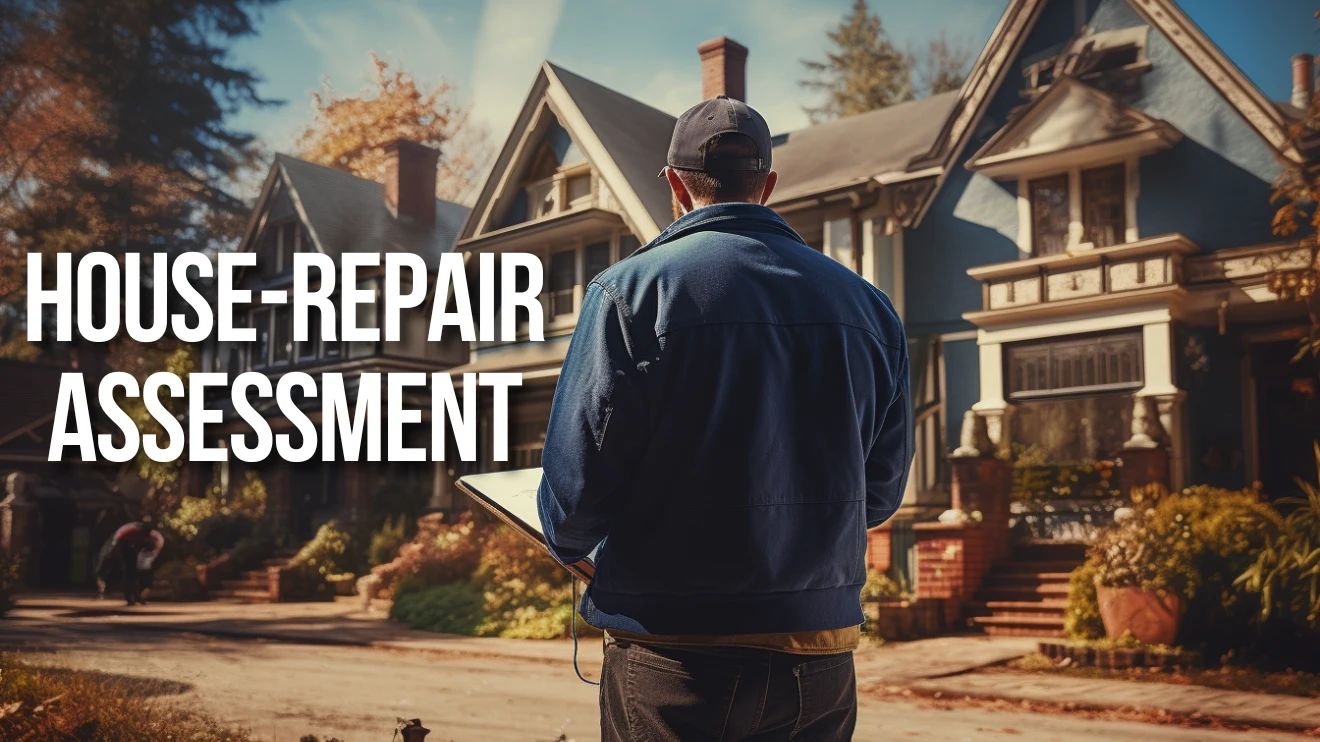
Stages of Reconstruction of Old Houses
The reconstruction of old and rundown houses follows specific steps that guide the entire process. From the initial decision to rebuild your old building to the completion of the work, following the essential principles and rules is crucial for achieving the desired result. Understanding these stages is vital for effective renovation.
Deciding where to start this renovation journey can indeed be overwhelming. It’s essential to prioritize discomforts and aesthetic issues, creating a clear roadmap for your project. Drafting a budget is key, and determining whether to hire professionals or embark on a DIY approach, possibly with expert guidance, is a fundamental decision.
Where to Start: Renovating an Old House
The initial step in renovating old houses involves visiting the property and thoroughly assessing its condition. During this visit, it’s essential to consider your expectations and financial resources. Identify the specific parts of the building that require renovation based on your desires and priorities. This evaluation helps streamline the process, enabling you to prioritize discomforts and aesthetic concerns effectively. Drafting a budget and deciding on professional assistance or DIY attempts can further focus your renovation efforts, ensuring a well-planned and efficient project.
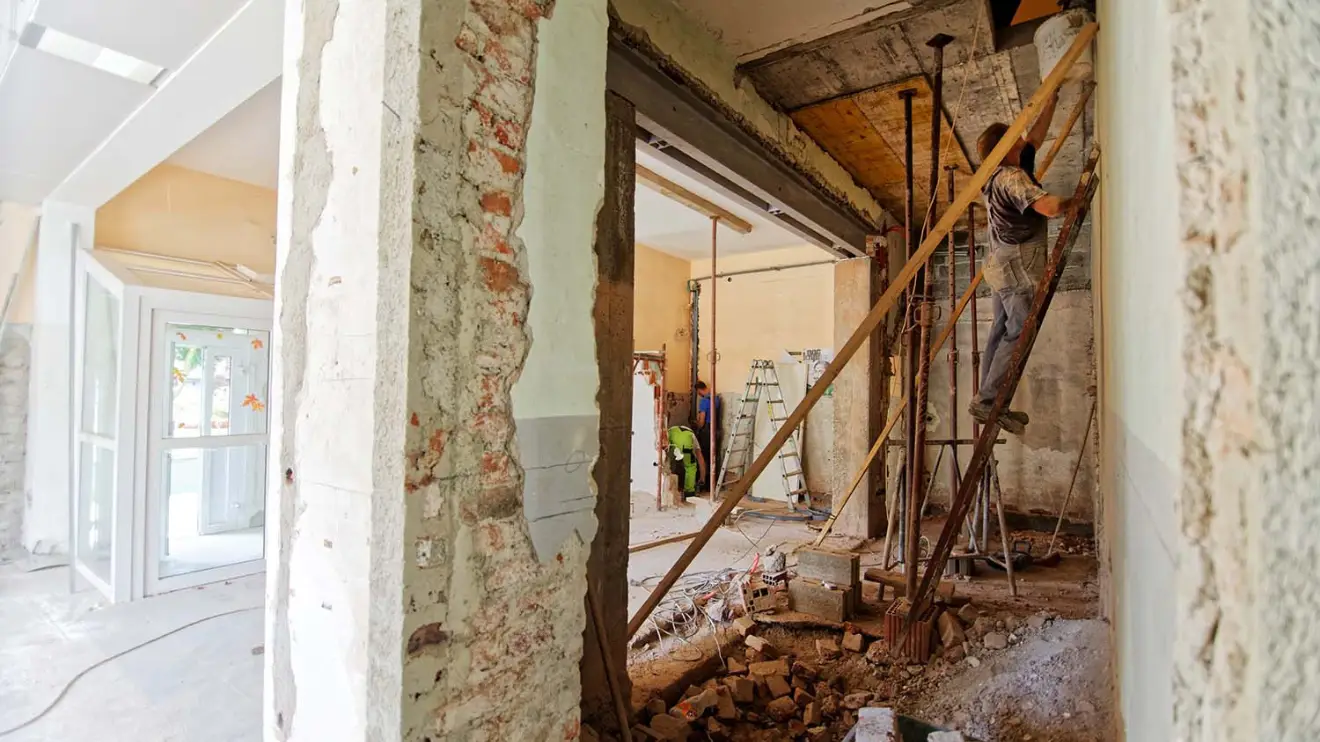
The Second Step – Find a Contractor
Renovation of old and worn houses is a process that will require a lot of technical knowledge, and every operation that will be done on the house needs specialized people. So, it’s best to find a reliable contractor. The contractor will provide you with the initial design by reviewing the building and hearing your requests, considering the budget. Explicitly state the cost of labor and the exact timing of the reconstruction.
The Third Step – Start Rebuilding
After agreeing with the contractor, the operation will commence according to the schedule. This phase of the reconstruction involves various steps and actions, mainly dependent on rebuilding, which can be summarized as follows:
- If the facades need to be reconstructed, it is wise to install appropriate safety equipment around the area. Use gloves, a helmet, and goggles while working.
- Ensure that gas, electricity, and water are cut off in the house’s internal wiring and plumbing.
- Remove all mechanical installations such as valves, cabinets, doors, and windows. Hand tools, drills, and screwdrivers are essential for these activities.
- Demolition of floor tiles and ceramics in various parts of old houses, including living rooms, kitchens, and bathrooms, using a demolition hammer, is one of the most effective changes in renovating houses.
- Demolition of load-bearing walls, due to the heaviness of the operation, needs to be carried out by qualified professionals.
- Cementing the floors and walls of different parts of the house, including the living room, bedrooms, and bathrooms, can enhance the overall appearance.
- Insulation of toilets, if necessary, must be done after the cement has dried.
- Finishing both old and new walls is necessary to improve their appearance.
- Install new doors and windows to give a different aesthetic.
- Roof renovation must align with the new design of your building, including implementing various types of false ceilings.
- Implementing a new facade for the building, although costly, is sometimes crucial to enhance both the appearance and strength of your house.
- Painting the walls is essential for old houses.
- Installing new cabinets is vital, especially in kitchens, which are usually the oldest parts of old houses.
- Installation of electrical equipment such as switches, sockets, and lighting can be done based on the new wall colors.
- For more variety, parquet or wallpaper can be used instead of painting the walls, making a significant difference.
- Bathroom doors are often the most deteriorated parts of an old house. Therefore, installing interior doors, including those for rooms and bathrooms, according to the walls, is essential.
- Installation of valves, sinks, and toilets must occur in the final stages to improve comfort and quality of life.
- Final cleaning is necessary to prepare the house for occupancy.
- Note that, according to the Engineering System Organization rules, any user change will require a license.
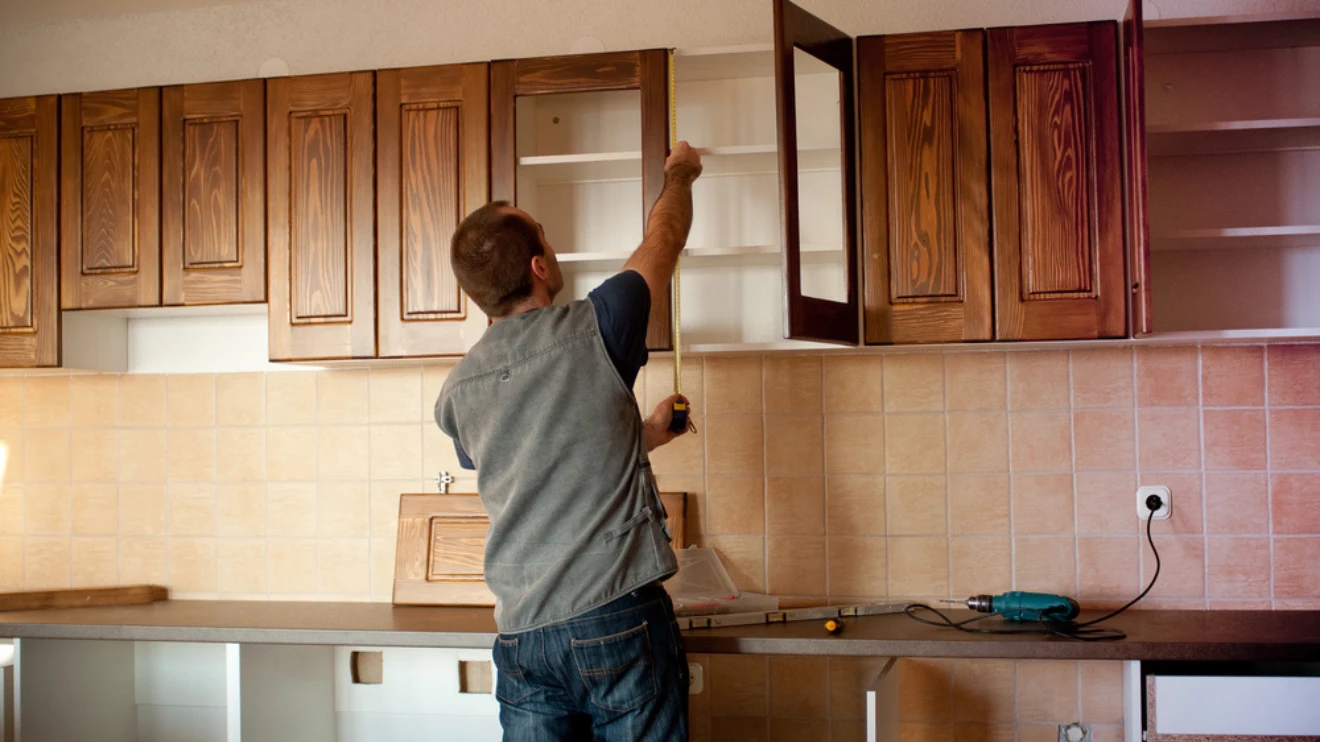
The Fourth Stage – Final Inspection
At this stage of the renovation of the old houses, after completing the operations mentioned above, the employer and probably the owner, must carefully inspect all the renovated parts based on the details agreed upon with the contractor, and identify any defect in the house or the look and inform the contractor.

Best Home Renovation Ideas for Old Houses
Renovating an old house offers an opportunity to blend classic features with modern conveniences. Consider keeping original elements like wooden floors or vintage fixtures while incorporating modern appliances and energy-efficient solutions. This fusion creates a unique, stylish space.
Tips for Renovating a House on a Budget: Making the Most of Your Old Home
Renovating an old house on a budget requires creativity. Opt for cost-effective materials and prioritize essential renovations. Salvaged items and DIY projects can add character without breaking the bank. Consulting professionals for budget-friendly alternatives is wise.
Saving Money on Your Old House Remodel: Smart Renovation Tips
Strategically saving money during the remodel involves smart choices. Reusing existing structures, opting for energy-efficient appliances, and comparing prices for materials can significantly reduce costs. Being resourceful and researching affordable options are key to saving money.
The Pros and Cons of Renovating an Old House
Renovating an old house has its advantages, such as preserving historical value and unique architectural features. However, challenges like hidden issues and higher renovation costs can arise. Careful planning and professional advice can mitigate potential drawbacks.
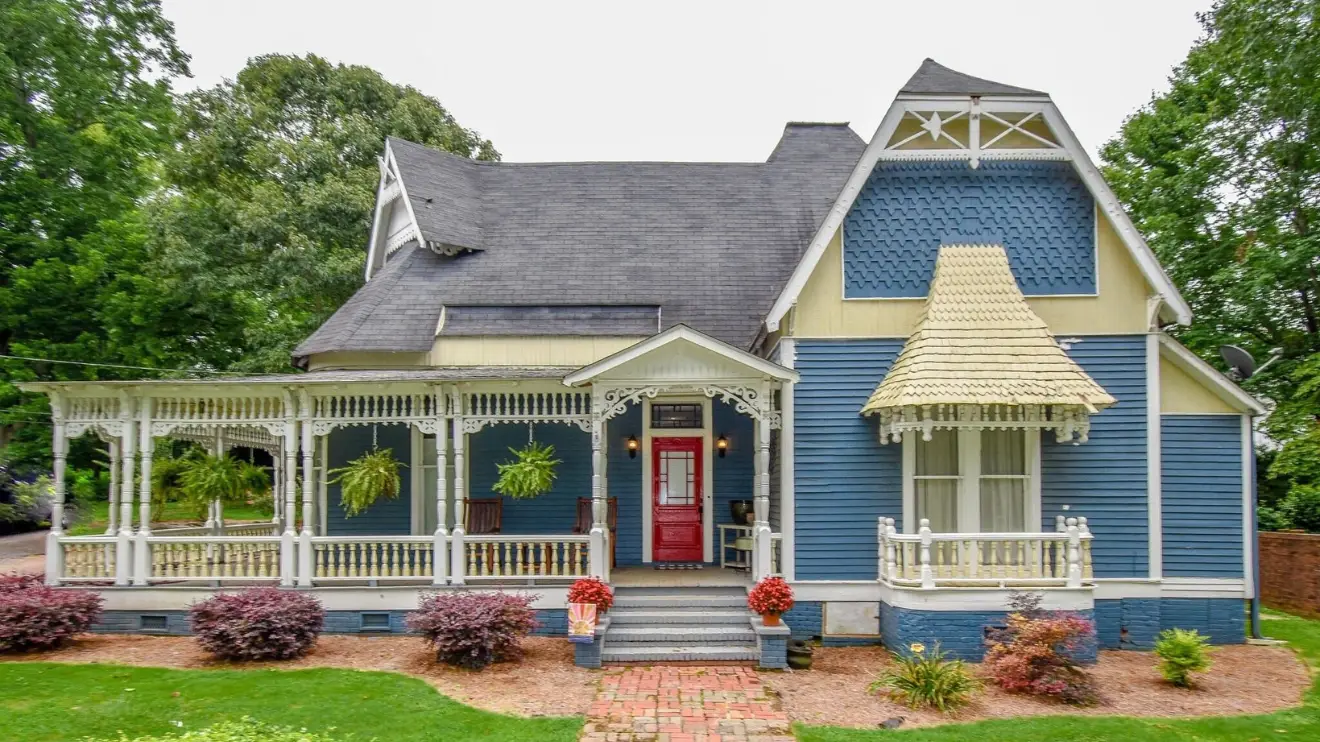
Ensuring Safety: Tips for Renovation Projects
Safety is essential during renovations. Use appropriate safety gear, especially when demolishing old structures. Ensure gas, electricity, and water lines are cut off before any work begins. Following safety guidelines and consulting professionals can prevent accidents and ensure a smooth renovation process.
In general, if you have decided to work on your old house, first decide what the discomforts are and put them on top of your checklist. If you do not like the looks, consider them as well. Renovating an old house is a rewarding journey that combines creativity, history, and practicality. By following these guidelines and consulting experts when needed, you can transform your old house into a charming, comfortable home tailored to your modern lifestyle.

Ronix
16 February 2021
